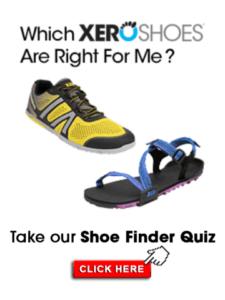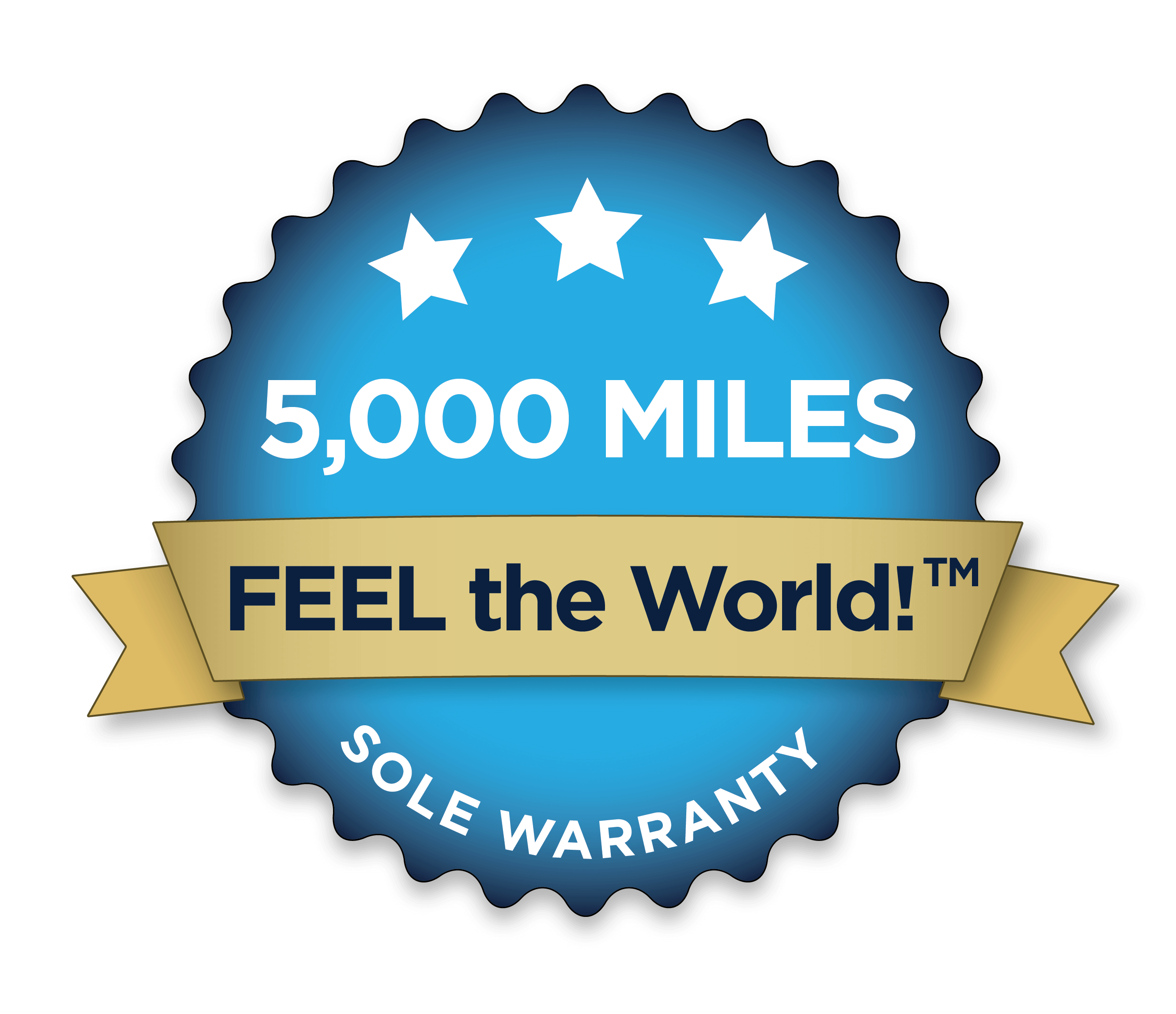By Allison Goldestein
Think about the last time you went to the gym. You likely planned your outfit in advance. (How much will I be sweating? How good do I want to look? What’s actually clean?) However, unless you are a competitive weightlifter, you probably did not think much about your footwear. You just wore your sneakers, right? The same shoes you wear to run, elliptical, play basketball, soccer, volleyball, or anything else.
If you did, you’re compromising your strength workout.
 When you swing a kettlebell, snatch a barbell, or lift a dumbbell, it feels like you’re using muscles to pull upward, against gravity. What most people forget, however, is that when you do these exercises, you’re also pushing down with your feet, into the earth. That downward force, which originates in the soles of your feet, is the foundation of your exercise, so if you want to reap the most benefit from the exercise—enlisting all the correct muscles and generating the most force to lift the heaviest weight that you can—that foundation has to be stable.
When you swing a kettlebell, snatch a barbell, or lift a dumbbell, it feels like you’re using muscles to pull upward, against gravity. What most people forget, however, is that when you do these exercises, you’re also pushing down with your feet, into the earth. That downward force, which originates in the soles of your feet, is the foundation of your exercise, so if you want to reap the most benefit from the exercise—enlisting all the correct muscles and generating the most force to lift the heaviest weight that you can—that foundation has to be stable.
For stability, you need two things: sensation (i.e., you need to be able to feel the ground) and muscular control. Think about how difficult it is to walk on stilts, or even platform shoes (sorry ladies)—it’s hard because your feet are so far off the ground. You don’t get as much feedback from the proprioceptors—a fancy word for a type of neuron—in your soles, and you can’t enlist as many intrinsic foot muscles as you would if your feet were flat on the ground. The same goes for lifting wearing shoes with lots of cushioning: your foot is farther off the ground, which means you can’t feel the ground or generate force into it as uniformly and effectively, which compromises your stability.
The obvious solution is to lift barefoot—your feet can’t get any closer to the ground than that! However, most gyms won’t allow you to walk around barefoot, and you might not want to, given the risk of stepping on something sharp. Minimalist shoes like the Prio offer the closest experience to going barefoot. The sole is 5.5mm thick, which raises your foot less than a quarter of an inch off the ground, with no heel drop, meaning your heel is level with the rest of your foot, unlike the slight forward tilt you get in traditional running shoes. The shoe’s wide toe box also let your toes spread out, which adds stability, since it gives you a wider base.
If you’ve never worn minimalist shoes before, you’ll want to introduce them the way you would any new exercise or gear—slowly. Those little muscles in your feet that are used slacking off will need time to acclimate and strengthen. And yes, it’s hard to be patient, but your body will thank you. In the long run, making the switch will pay off.
The content of this post does not constitute and is not intended to be a substitute for professional medical advice, diagnosis or treatment. Always seek the advice of a physician or other qualified health provider with any questions or concerns you may have about your health or a medical condition.













 Fostering honest and responsive relationships between businesses and consumers.
Fostering honest and responsive relationships between businesses and consumers.












